TORONTO – One look at NASA’s Orion spacecraft and you immediately think of the Apollo capsule that took humans to the moon.

But there are differences. Let’s take a look at some.
It’s bigger on the inside
Apollo was 3.9 metres in diameter. Orion will be 5 metres. So that means it’s a bit roomier. While Apollo was designed for three astronauts, Orion is designed to carry four astronauts into space.
Capabilities
Apollo was comprised of the command module and service module. While Orion will also be part of a bigger spacecraft, it will be significantly larger than Apollo in order to endure longer missions.
Rocket

Get daily National news
The rocket that’s launching Orion on its test flight on Dec. 4 is a big one, but it’s actually not the one that will send humans to Mars. That will be the Space Launch System (SLS) currently under construction.
Safer
With updated technology (we’ve come a long way since the 1960s), the Orion spacecraft is now safer than its earlier predecessors. For example, a launch abort system will move the crew to safety should there be a launch issue with the rocket.
Longer missions
The Orion spacecraft can function uncrewed for up to six months. During the Apollo missions, a crew member had to remain in orbit. For longer missions — such as that to Mars which would take 9 months one way — a habitation module will be included with the Orion crew module.
Follow @NebulousNikki


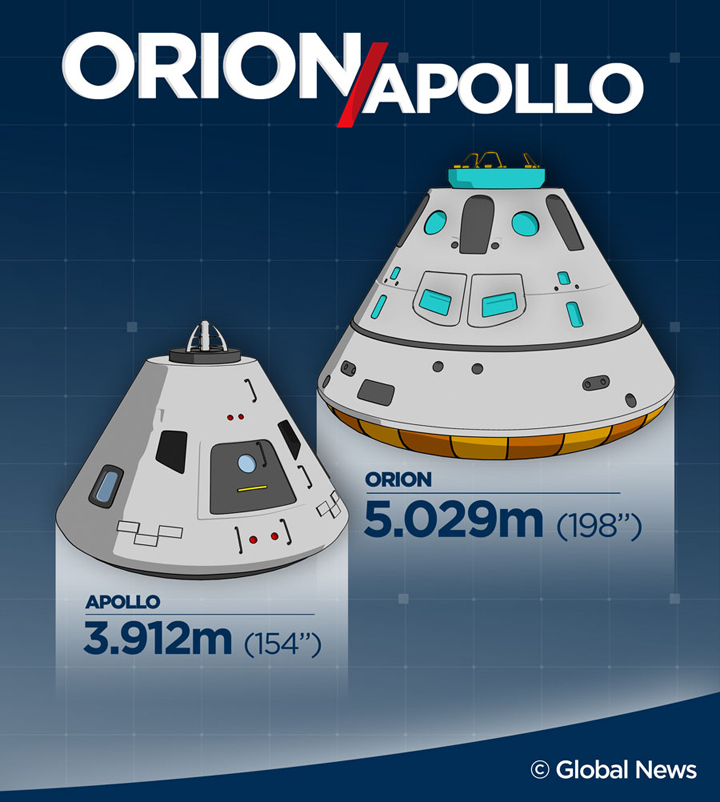
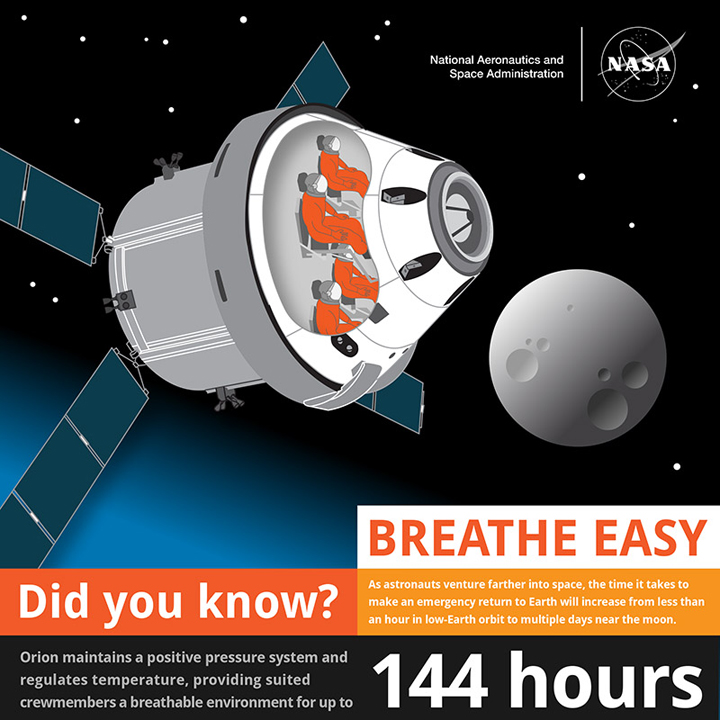




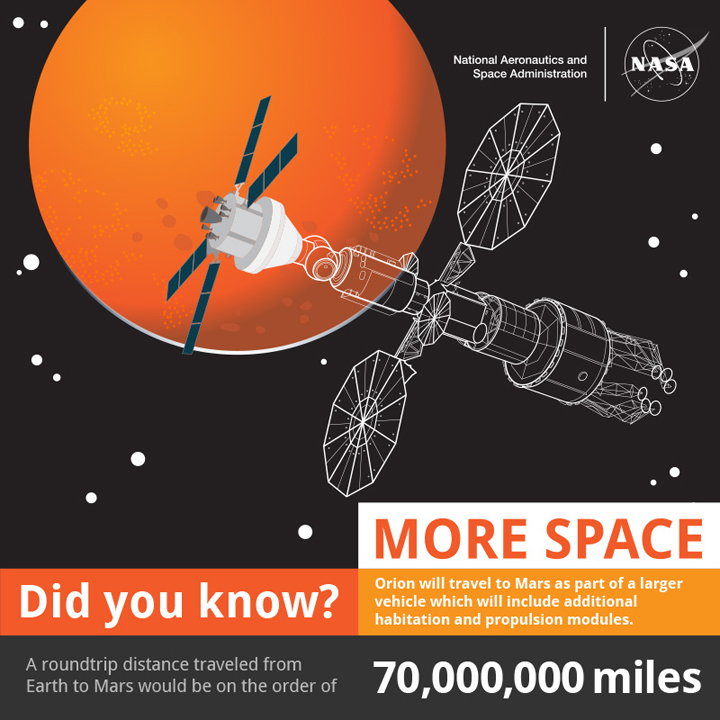

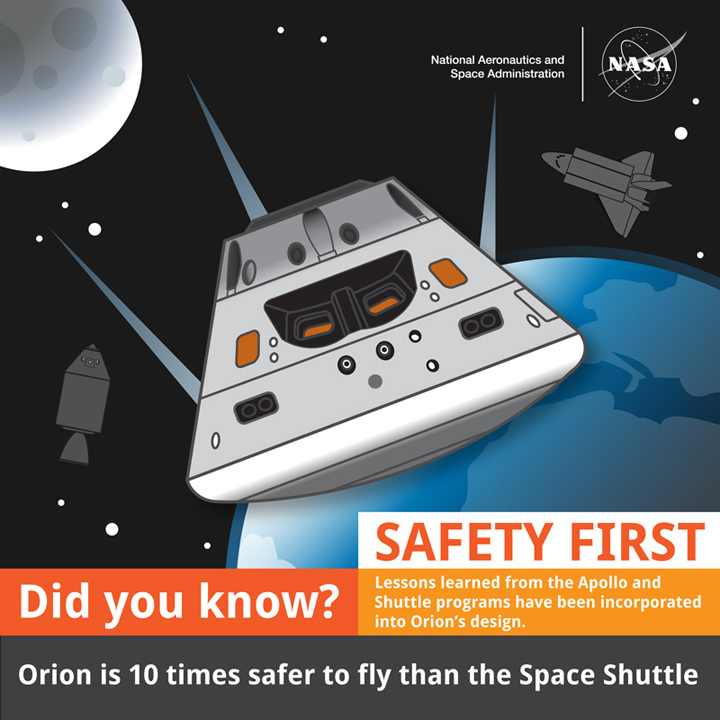
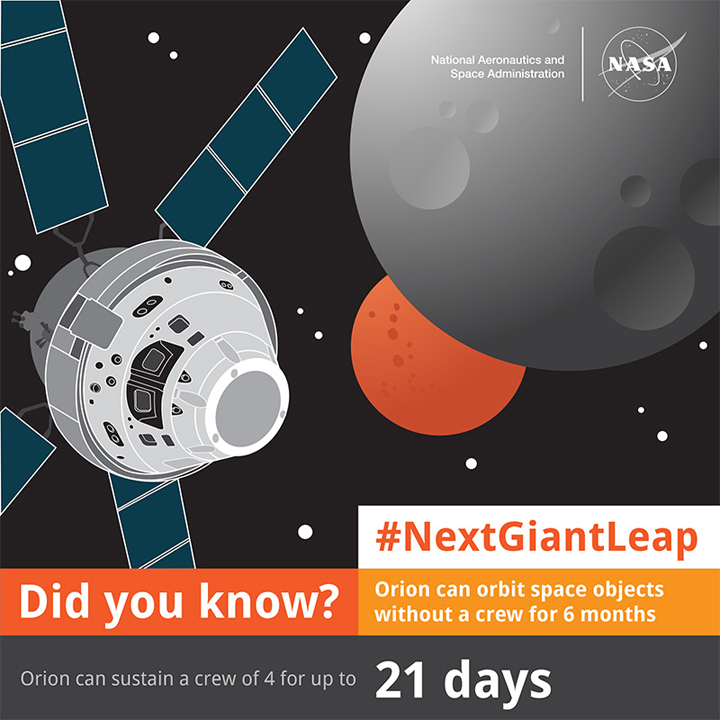
Comments